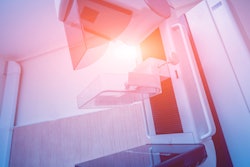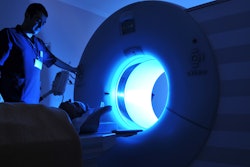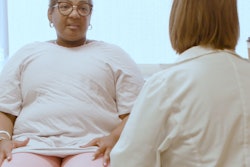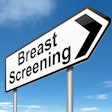Dear Women’s Imaging Insider,
Another year, another step forward for AI in breast imaging. While the technology has a way to go before becoming a truly everyday aspect of clinical imaging, it continues to make its way forward by way of continued research by radiologists around the world.
A team led by Norwegian researchers recently put a commercially available AI system to the test for giving risk scores to mammograms prior to diagnosis. It found that nearly four in 10 cases of screen-detected and interval cancers had the highest AI risk score at prior screening, suggesting that AI in mammography screening could result in earlier breast cancer detection. Read what else the group found in this edition’s featured article.
Speaking of AI in breast imaging, a South Korean team implemented an AI-based computer-aided detection software in its study and showed that the technology can improve the performance of radiologists interpreting automated breast ultrasound exams.
In other news, Breast Cancer Awareness Month is underway and the pink ribbons are out and about. AuntMinnie.com spoke with Molly Guthrie, vice president of public policy and advocacy at Susan G. Komen about the month’s overarching goals, as well as the big year breast imaging had in legislation on the state and federal levels.
Improving education about breast cancer screening is one of Komen’s goals, but survey findings from the Ohio State University Comprehensive Cancer Center indicate that about one in three women are confused about screening guidelines. The results also show that while most respondents recognized a lump as a breast cancer symptom, less than half recognized other common symptoms tied to the disease.
Plus, check out the following recent Women’s Imaging stories:
- Researchers from Brigham and Women's Hospital in Boston found that substance abuse disorder and serious mental illness are tied to lower likelihood of breast cancer screening.
- A Japanese team found that a deep-learning model significantly improved the performance of radiologists interpreting breast CT images.
- Many women younger than 40 who are at high risk for breast cancer are not getting appropriate screening, according to researchers at Wake Forest Baptist Health in Winston-Salem, NC.
- Chinese researchers found that combining ultrasound with MRI could help better differentiate between benign and malignant breast nonmass-like lesions initially detected on ultrasound.
Find more articles like these by regularly visiting our Women’s Imaging content area!



















